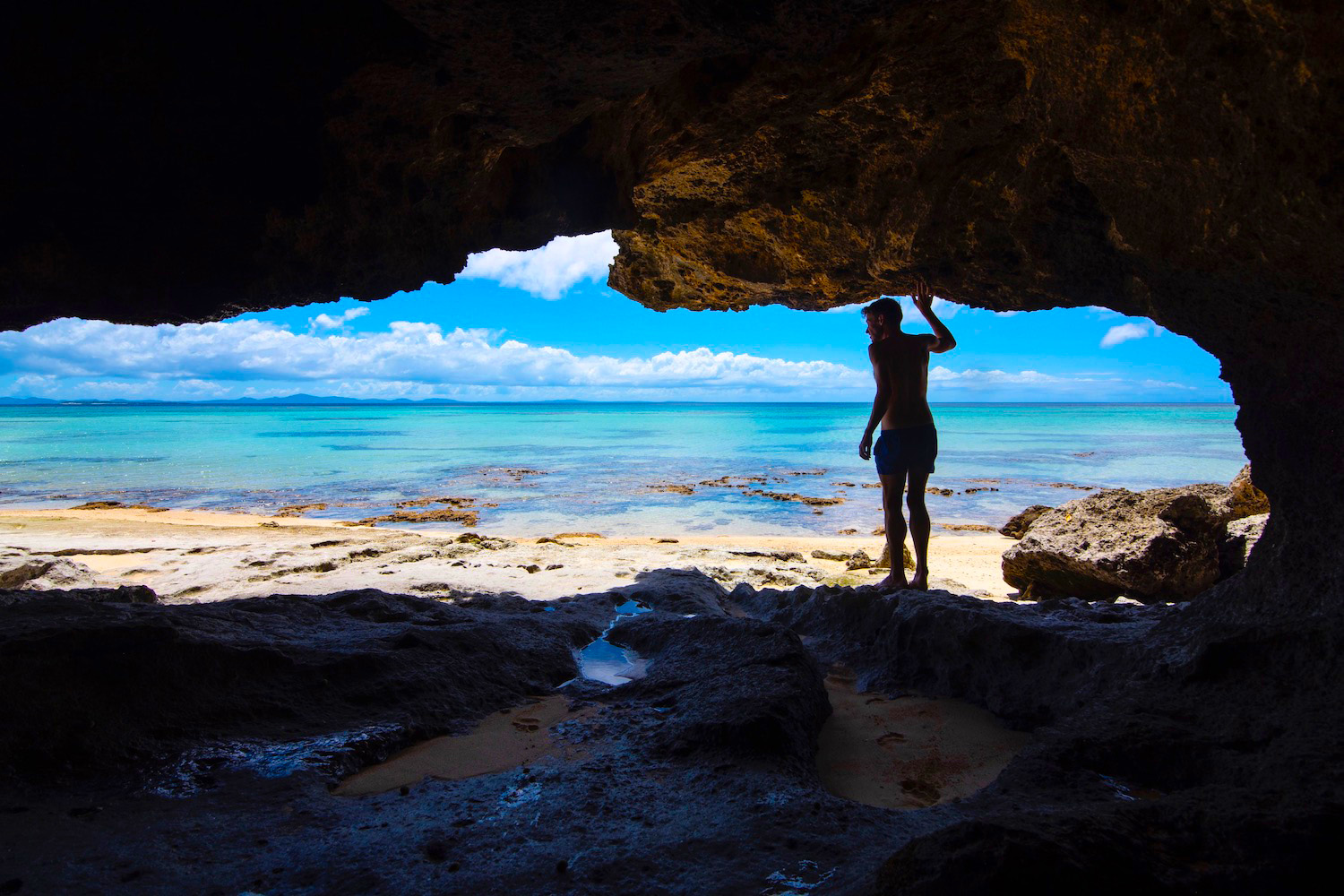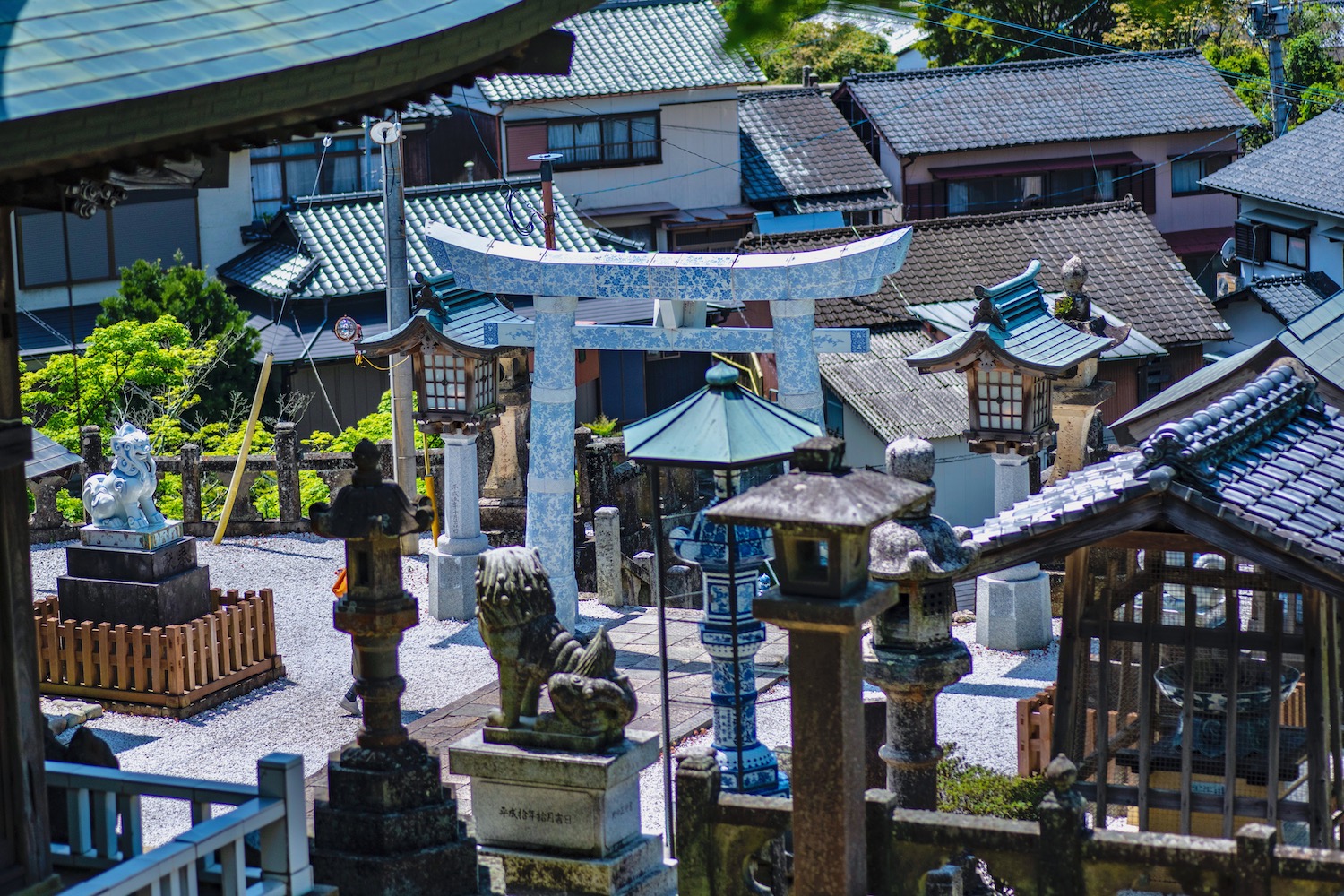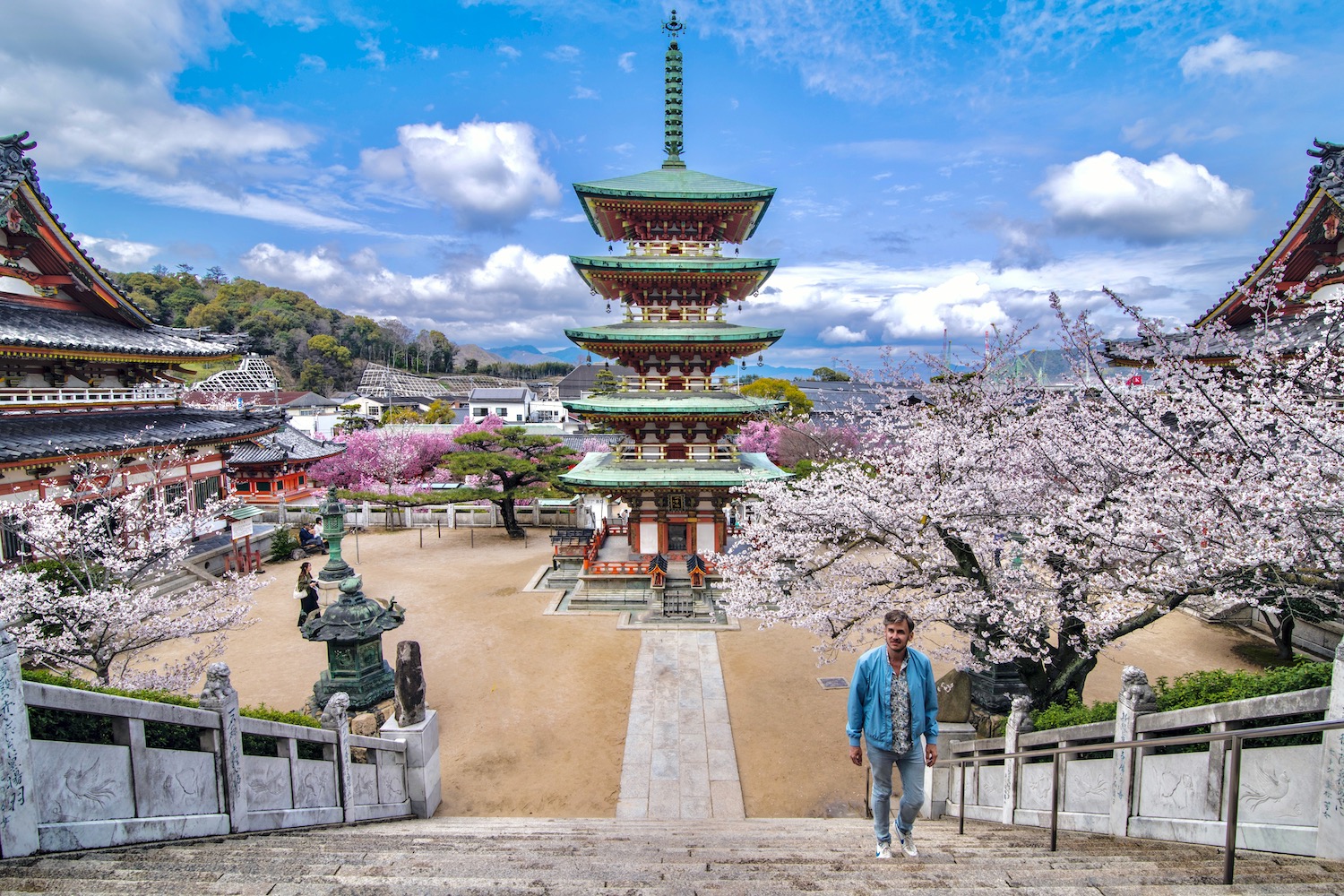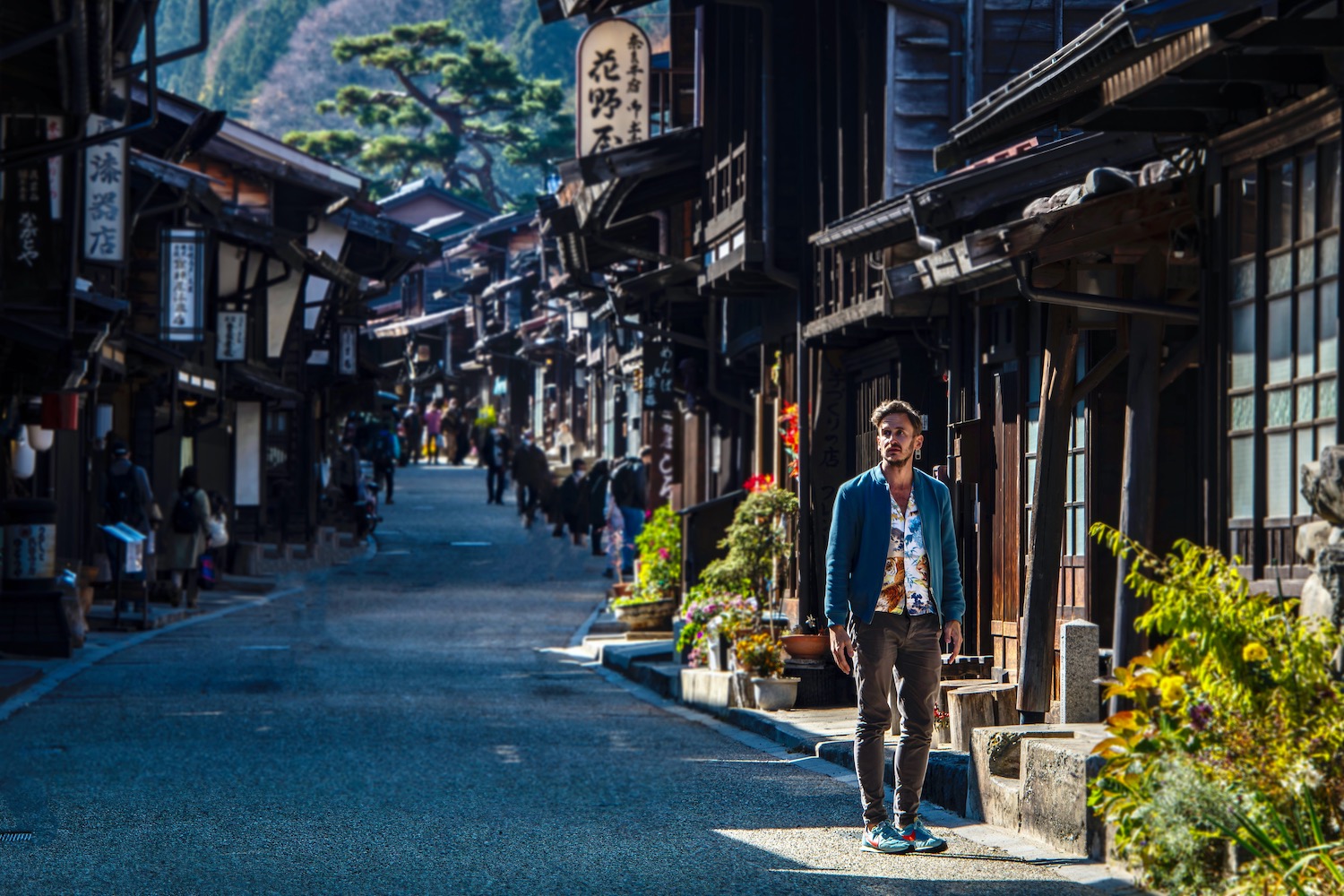It is in the small towns in Japan, they say—well, I say—where the real Japan resides. But in a country with literally hundreds of them—small towns, this is—where do you even begin?
The good news is that many of these places aren’t out in the Japanese countryside, but are accessible from larger towns and cities, even on a day trip if that’s your thing. The better news is that you’ll find wonderful examples in places all over Japan, at least if you continue reading and use my experience as your guide.
And I hope you do. In addition to being some of the most beautiful places in Japan, the towns to which I’m about to introduce you are some of the most special, and among the closest to my heart.
Do You Need a Rental Car to Access Japan’s Best Small Towns?
I mentioned in the introduction to this piece that you don’t necessarily need to go out into the inaka in order to visit Japan’s most beautiful small towns. While this is true, the reality is that many of these towns are not on the main Shinkansen line. You’ll often have to take a local train line, or even a bus in order to reach them, which can take several hours depending upon transfer times.
As you’ll know if you’ve been reading this website for any length of time, to be sure, I have become much more amenable to renting cars in Japan over the years. Although slow driving speeds can be frustrating, the flexibility of being able to go where you want without regard for train and bus schedules is priceless, particular when visiting some of the small towns I’m about to mention.
My Favorite Small Towns in Japan
Ie, Okinawa

Naha, for better or for worse, doesn’t have a reputation as one of the best cities in Japan, even if the beauty of Okinawa on the whole is unmatched. To be sure, Ie is not so much a town (although there is, ostensibly, a town center) as it is a very small and somewhat suburbanized island that incorporates all Okinawa’s great parts—awesome beaches, invigorating hikes, down-home cooking—and literally nothing bad, all a short ferry from the main island.
Arita, Saga

Located en route (if you’re driving, anyway) from Nagasaki to Fukuoka in underrated Saga prefecture, Arita is a town known for pottery. In some areas of town—namely, Tozan Shrine—this is quite literally expressed: The shrine’s torii gate is ceramic! By the way, if you do come here by car, I highly recommend a trip to the nearby Hama-no-ura Rice Terraces.
Setoda, Hiroshima

Speaking of small towns in Japan located en route from one place to another, Setoda is the primary stop along the Shimanami Kaido, an increasingly well-known biking route from Onomichi, on Japan’s main Honshu island, to Imabari on the smaller island of Shikoku. While some people stop here for practical reasons—to have lunch; to beat fatigue—my favorite place to visit is Kousan-ji, a fantastical museum that looks like a Japanese temple, but is something much better
Mitoyo, Kagawa

Mitoyo is a town that’s easy to miss if you aren’t looking for it. Located in northeastern Shikoku near larger cities like Marugame and Takamatsu, it’s primarily famous for Chichibugahama, a beach that’s one of Japan’s best sunset spots, as well as the dramatic Takaya-jinja shrine. If you come during cherry blossom season, however, you’ll want to consider a trip up to the Mt. Shiude viewpoint.
Obama, Fukui

The town of Obama had a brief moment of internet fame in the early days of social media, when the then-US president made his first official visit to Japan. The bad news? This has not translated into significant visitor numbers for the town, whose name literally means “small beach.” The good news? Whether you come to this remote corner of underrated Fukui prefecture for the various temples and gardens that see Obama-cho nicknamed as the “Nara of the North,” or enjoy ocean views and fresh seafood, it’s definitely one of the best small towns in Japan.
Kawazu, Shizuoka

While we’re on the subject of cherry blossom season, the town of Kawazu on the Izu Peninsula in Shizuoka prefecture is best-known for its namesake variety of sakura, the early-blooming Kawazu-zakura. While this isn’t the only reason to come here—to Kawazu-cho, or to the Izu-hanto more generally—I will say that this town is at its most beautiful in the month of March, whether at river level, from the the Kawazu Castle Ruins viewpoint.
Kusatsu Onsen, Gunma

One of my favorite small towns for enjoying Japanese hot springs is Kusatsu Onsen, located in Gunma prefecture (which itself feels pretty small town-y, generally speaking).
Beyond having plenty of affordable accommodation options for enjoying Japanese bathing culture, the town is home to the fascinating Yubatake, the source of its water that doubles as a town square, as well as the Netsu-no-yu performance hall, where ceremonies the bless the sacred waters occur.
Narai, Nagano

Not all of Japan’s best small towns are necessarily “off the beaten path.” A great example of this is Narai, which is the easternmost of the villages along Japan’s Nakasendo Way walking route. Famous for Japanese lacquerware (as well as its dramatic pairing of Edo-period architecture with the scenery of the Japanese Alps), Narai-juku is accessible both on foot from nearby Yabuhara via the strenuous Torii Pass, as well as via direct train from the city of Matsumoto.
Hiraizumi, Iwate

If you blink, it’s easy to miss tiny Hiraizumi, which is located along the local JR Tohoku Line train route just south of Morioka city. Home to the semi-famous (among Japanese, anyway) temple of Motsu-ji, as well as one of Japan’s most charming townscapes, it’s sometimes known as the “Kyoto of the North,” though it doesn’t have even a fraction of Kyoto’s tourism numbers. In fact, you may be one of the only people who even gets off the train when you arrive here!
Noboribetsu, Hokkaido

It’s hard to choose just one place in Hokkaido that’s among my favorite of Japan’s small towns. The onsen town of Noboribetsu, however, is very high on the list. Even if you don’t stay overnight to enjoy its hot springs culture, hiking amid the thermal wonderland of Jigokudani (literally, “hell valley”) is a heavenly experience, particularly amid the vibrant colors of autumn, and especially if you go by car from Sapporo and pair it with other destinations like Jozankei and Lake Toya.
Small Towns and Your Japan Itinerary
As you can see, it’s pretty simple to reach some of the best small towns of Japan, but that doesn’t necessarily mean it’s easy to integrate them into your itinerary. This is first and foremost because most people don’t stay in Japan for long. If you spend just one week in Japan, for instance, you will likely need to sacrifice higher-profile destinations in order to have a Japanese small town experience.
Another way to make sure your Japan trip hits all the right notes? Hire me to plan a personalized Japan itinerary! Whether you want to focus entirely on small towns like Hiraizumi and Arita, or take more of a balanced approach to discovering the best that Japan has to offer, I’ll leverage more than a decade of experience to craft a trip you’ll never forget—and, if you’re not careful, that will inspire you to come back again and again!
Other FAQ About Small Towns in Japan
Are there rural areas in Japan?
Although Japan is known for huge, crowded cities, the vast majority of the country’s land area is rural, and most is uninhabited. Some of my favorite easily-accessible rural areas in Japan include the Japanese Alps, the Kumano Kodo pilgrimage trail on the Kii peninsula in Wakayama prefecture and the tropical islands of the Okinawa archipelago.
What are towns called in Japan?
There are two words for “town” in Japanese—machi and cho—which are both represented by the kanji “町”. Note that although this character technically means “town,” it is often used to describe neighborhoods within large cities, such as Kabukicho in Tokyo, or the Motomachi areas that exist in practically every city in Japan.
Does Japan have villages?
Japan has dozens of villages, including many of the places I’ve profile in this post. Keep in mind that many villages in Japan are in various states of disrepair, both due to the country’s well-publicized aging population, and the fact that many young people born in such places move to big cities like Tokyo and Osaka as soon as they get the chance to do so.
The Bottom Line
The good news? You probably feel more than inspired enough—not to mention, confident enough—to embark upon an exploration of the best small towns in Japan, whether you incorporate them into a city- or nature-focused itinerary, or string them together into a unique trip. The bad news? My list, while exemplary, only scratches the surface of the “real Japan”—you’ll probably discover dozens of other unique places to visit in Japan as you delve deeper in. This is a good problem to have, of course, especially if you commission a custom Japan itinerary. I’ll sweat all the details for you, and make sure you leave no stone unturned—and that you don’t miss any of the best small towns to visit in Japan—as you discover and explore!






